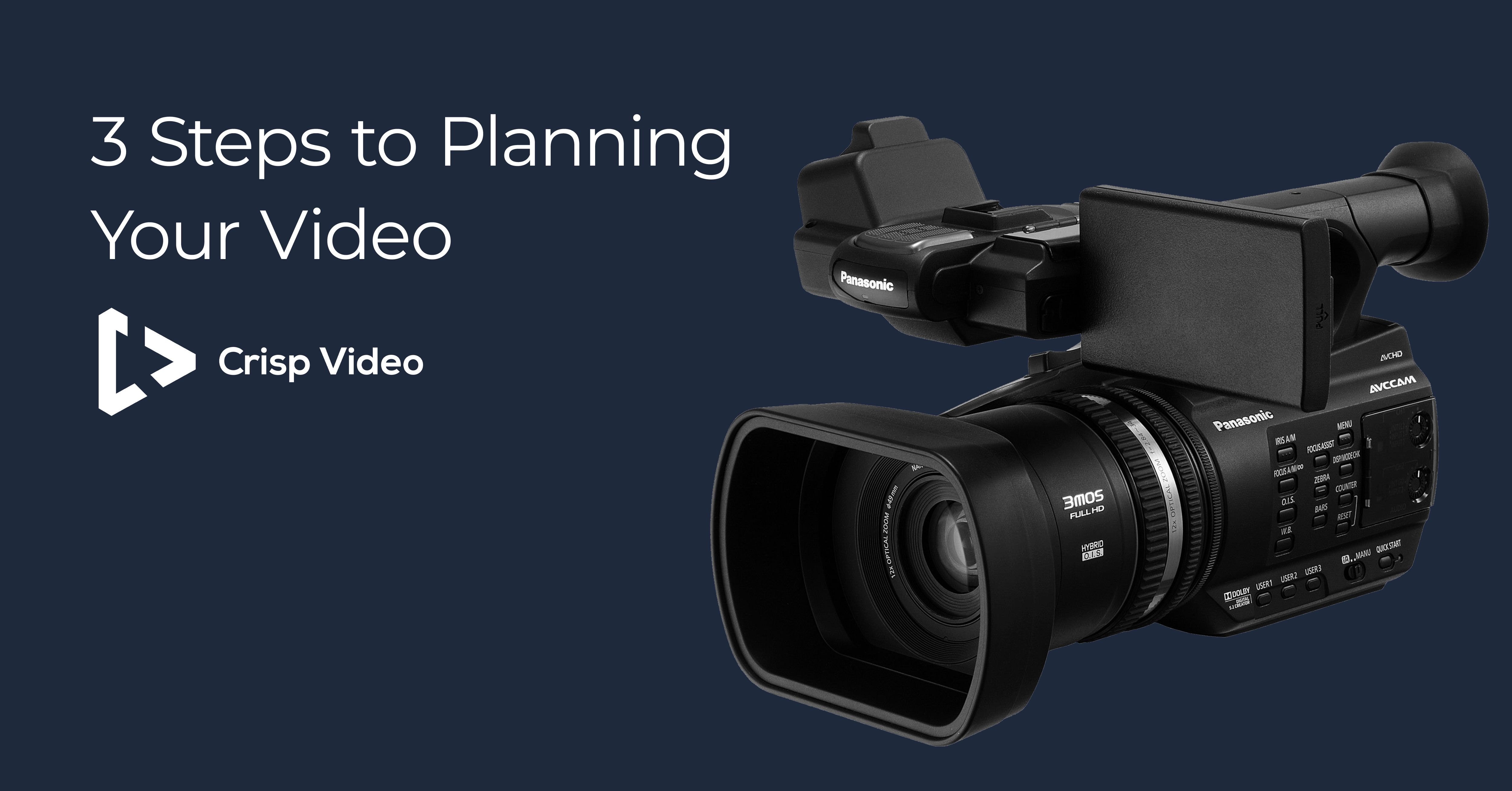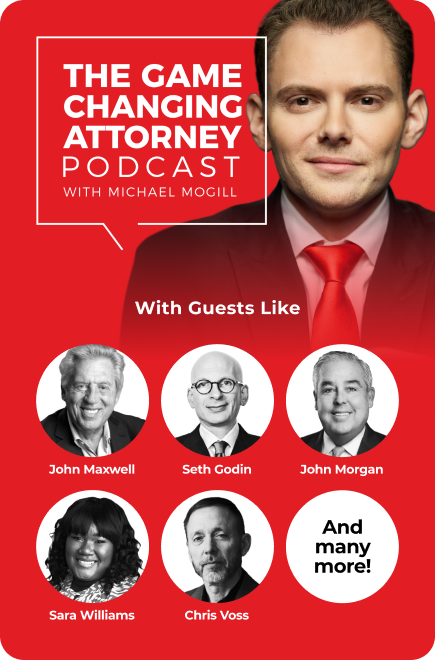When it comes to marketing your law firm, video is one of the most effective ways to connect with your ideal prospects. As the modern consumer’s preferred form of brand content, video is uniquely suited to increase brand awareness and brand loyalty for your law firm.
Let’s take a look at the facts:
- Over 50% of overall daily media consumption time in the US is spent with video.
- The number of people watching video online only continues to grow — video makes up nearly 80% of all global internet traffic and about 78% of the world’s mobile data traffic.
- Brands that utilize video marketing bring in 66% more qualified leads per year.
While video is a valuable asset to add to your law firm’s marketing toolbox, you can’t just hit “record” on your smartphone and start reaping the benefits. Every law firm brand video that drives real results starts with a plan.
Much like the discovery process before a case, the pre-production process before you film a legal marketing video helps you to gather all the information you need and avoid surprises that can sabotage your efforts.
If you’re unsure of where to start when it comes to producing an effective law firm marketing video, then you’ve come to the right place. In this post, we’ll break down the three essential steps that will get you on track to creating a results-driven law firm video that helps you land the clients and cases of your dreams.
Step 1: Define Your Goal
The most important thing to consider before investing time and money into legal video is your essential goal. After all, a results-driven law firm video needs a clear key result to work toward. What are you hoping to accomplish by launching a video marketing campaign?
You’ll also need to determine your key performance indicators (KPIs) early so you can start tracking your return on investment as soon as your video marketing campaign launches.
One of the many benefits of video content is the ability to track if it is being viewed, where it is being viewed, and how often it is being viewed. However, a key mistake to avoid when you’re determining your goal is basing the performance of your video on vanity metrics such as how many views or social media likes your video brings in.
Instead, you should decide on a goal that focuses on conversions. In order to measure real success, conversion metrics are far more important than vanity metrics, because they give you more clarity on the bottom line.
Conversions are potential clients that complete a desired action. In this case, that might be the number of contact form submissions on a landing page featuring your video, or the click-through-rate on your video ad. Without conversion, you can think of your campaign as a store full of people that never actually buy anything. At the end of the day, likes and views don’t matter at all if those potential clients don’t eventually convert to meaningful qualified prospects.
There are many different conversion metrics, though. Whether a visitor to your website is submitting a form, downloading something, or interacting with your online chat feature, these are all considered conversions because they are moving from the “interest” stage of the buyer’s journey to the “evaluation” stage, which is a step closer to closing the deal.
You will have to determine which conversion metrics matter to your firm so that you know what success will look like ahead of time.
When you determine your goals for conversion metrics, this allows you to monitor your campaigns for ways to adjust your tactics that result in higher conversion, and in turn, optimize the return on your investment (ROI).
For example, if your investment into video marketing is $5,000, and each new client is worth a $500 profit to your business, then you need 10 new clients from the video to break even. Have these facts in mind when mapping out your goal. Regardless of what the goal is, it is critical that it is explicitly defined and tracked before the production process begins.
Here’s a real-life example of a law firm owner who set a specific, measurable goal for his video marketing campaign and increased his client conversion rate by 100%:
Step 2: Develop Your Story and Concept
After you’ve defined your law firm’s video marketing goal, the next step is to consider your target audience and the best way to connect with them emotionally.
Who is your target audience? Consider your top 10 clients from the past year and what they have in common. Are they mostly men or women? What age range do they fall in? What is their level of education? Household income?
Dialing in on these details allows you to determine your ideal client. Once you know who it is you’re talking to, address their pain points. Every client that comes into your office is there because they need your help finding a solution to their problem. Develop a message and video concept that speaks directly to them.
Once you’ve identified this audience, the next step toward nailing down a concept for your video is crafting your Unique Value Proposition (UVP).
Every attorney has a unique story that sets them apart. How are you better equipped to help clients than your competitors? What are your differentiators? Consider why you decided to become an attorney or what practicing law means to you.
Not sure what questions you should be answering to get at your own unique value proposition (UVP)? Don’t worry, we’ve put together the perfect worksheet for you to dial in on what makes you special and hone your message. Download the Law Firm’s Guide to Determining Your Unique Value Proposition below!
The combination of targeting the right clients and telling them your unique story should come together as a concept representative of your firm, which makes a great basis for your marketing video.
46% of viewers take some sort of action after watching a video ad, so it’s important to make sure that your video’s message inspires your intended audience to take an action that contributes to your overall video marketing goal.
Remember: No goal you’ve set for your legal video will matter if you don’t give your audience a reason to care. Focus on creating relevant content and reaching the right people.
This law firm brand video created an emotional connection with a prospect that carried over to the initial consultation and resulted in the attorney landing a $5 million case:
Step 3: Plan Your Shoot
Now that you’ve defined your goal and developed your story and concept, it’s time to plan how you will execute your ideas.
Thorough preparation prior to your shoot date can prevent a number of problems that could arise on the day of your shoot or during the editing process. Don’t skip this step or you’ll risk wasting time and resources on a video that you’re not proud of. Here are some details you need to decide on prior to filming your results-driven law firm video:
The cast: Who is going to be filmed?
It is always important to assign roles in a video ahead of time, whether a video is for promotional use or for client testimonials.
It’s most effective to feature those involved in the business rather than use a voiceover. This humanizes your brand and helps you achieve the emotional impact mentioned earlier.
The following video is an excellent representation of several people playing different, but important, roles in a video. Susan Crumiller guides you through the journey of beginning her pregnancy rights law firm, and utilizes real-life people to portray the firm’s mission. In this video, you’ll be introduced to Susan, her daughters, multiple associates from the firm, a former associate, and an anonymous former client. Some of them have speaking parts and others do not, but each person is essential in telling the story about a group of civil rights attorneys that care about helping their clients:
The setting: Where are you filming?
Take some time to decide on the best setting for your videos.
Without the right setting, your story and concept will fall flat. Your setting must correlate to your message in some way.
For example, if you’re a family law attorney creating a video that shares a past client’s story, then you may want to film at a home, park, or other family-oriented location so that your audience can make the connection.

The content: What are you filming?
It’s a good idea to review the topics that you’ll discuss in your video ahead of time so you don’t waste time figuring out what to say on your shoot date. However, you should also avoid having your cast memorize a script verbatim since this can make people appear rigid on camera.
A good practice is to come up with leading questions that will guide desirable responses.
Here are some example questions to ask clients for their testimonial:
- Why did you come to XYZ Law Firm?
- Can you tell us about your case?
- What was your experience with XYZ Law Firm like?
- How did you feel throughout the process?
- What were your expectations for this process and how did the experience compare?
- How did this experience impact your life?
- What would you tell your friends and family about XYZ Law Firm?
Here are some example questions for you and other attorneys at your firm to answer:
- Why did you choose to practice law?
- What are you most passionate about?
- Why should your clients trust you?
- What sets you apart from other law firms?
- What is the difference you’re making in your community?
- How would you describe what you do for your clients?
Free-flowing speech is more natural and engaging to the audience, and multiple takes can be shot to get the perfect footage.
The shot list: How are things being filmed?
A shot list acts as a checklist for the cinematographer and project manager on the day of the shoot. This allows the production crew to make sure every scene is captured in one day, instead of having to return for missed content. It is better to have as detailed of a shot list as possible, whether an internal or external videographer is filming the content.
There are many different types of shots that can be used in a video. You can use head-on shots for interviews if you want to have a documentary style for your video. If you prefer a more commercial style for your video, then the interviews should be done with the speaker looking slightly away from the camera. Your video will be more engaging if you use multiple angles.
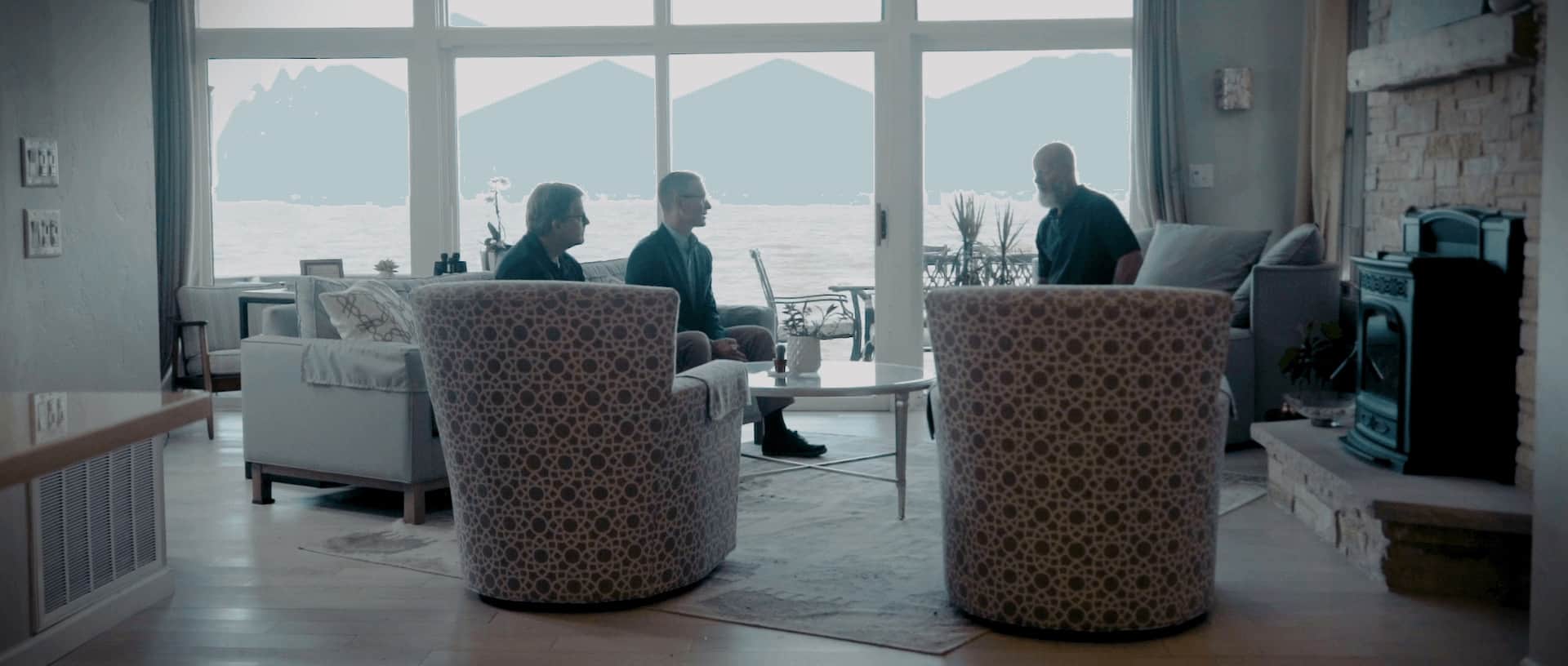
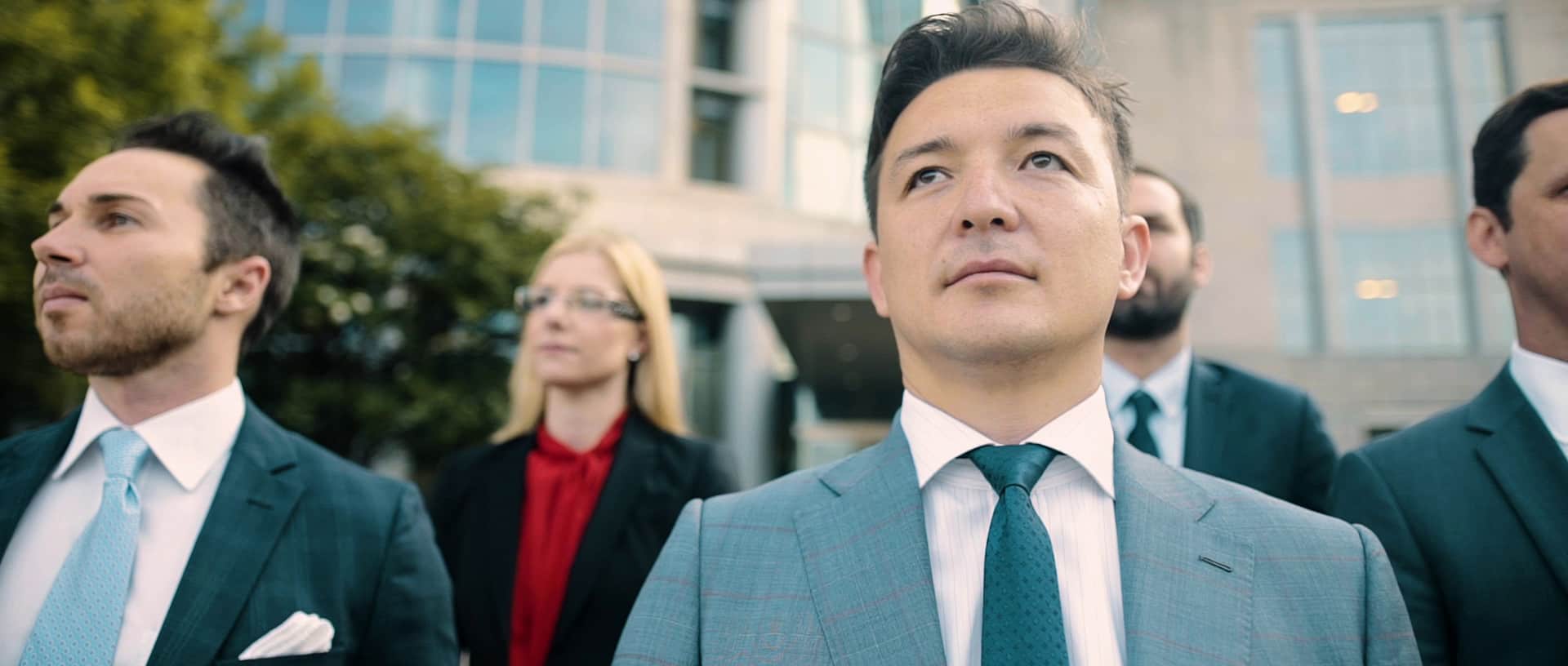
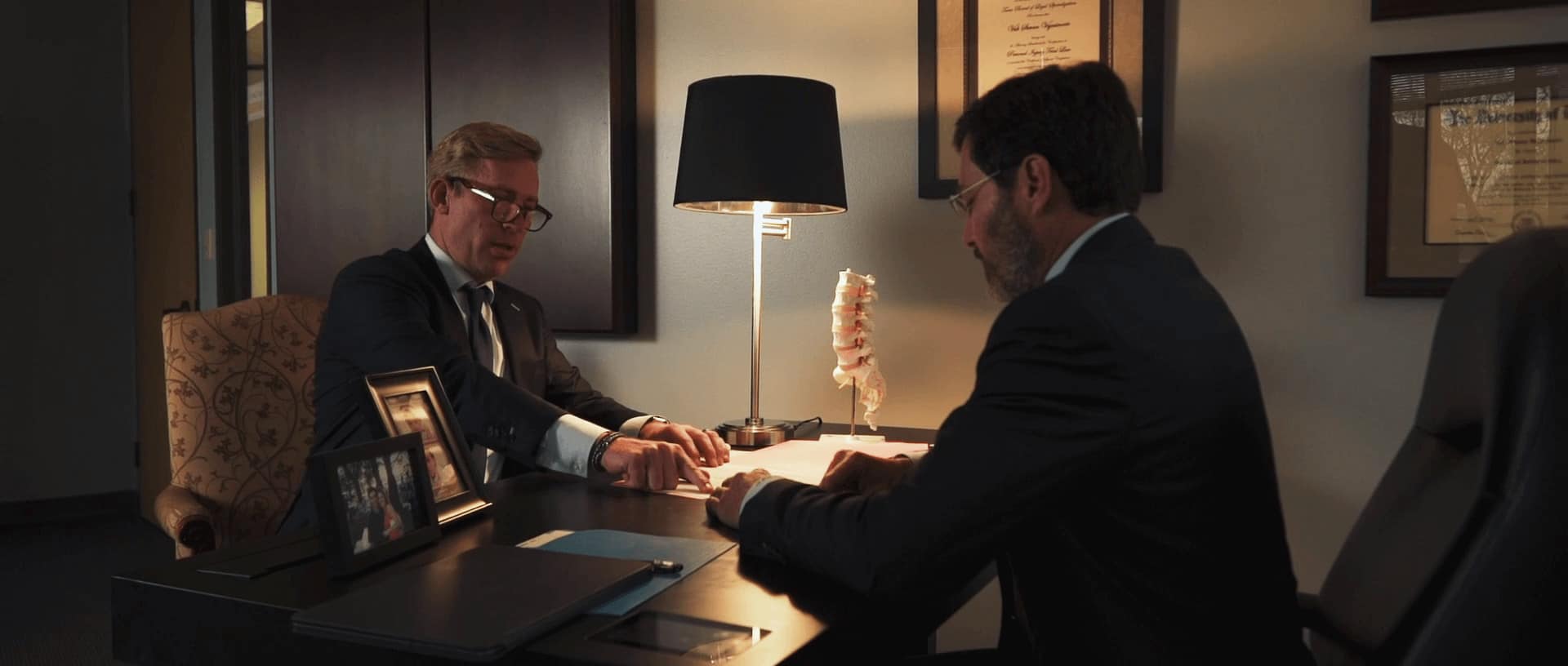
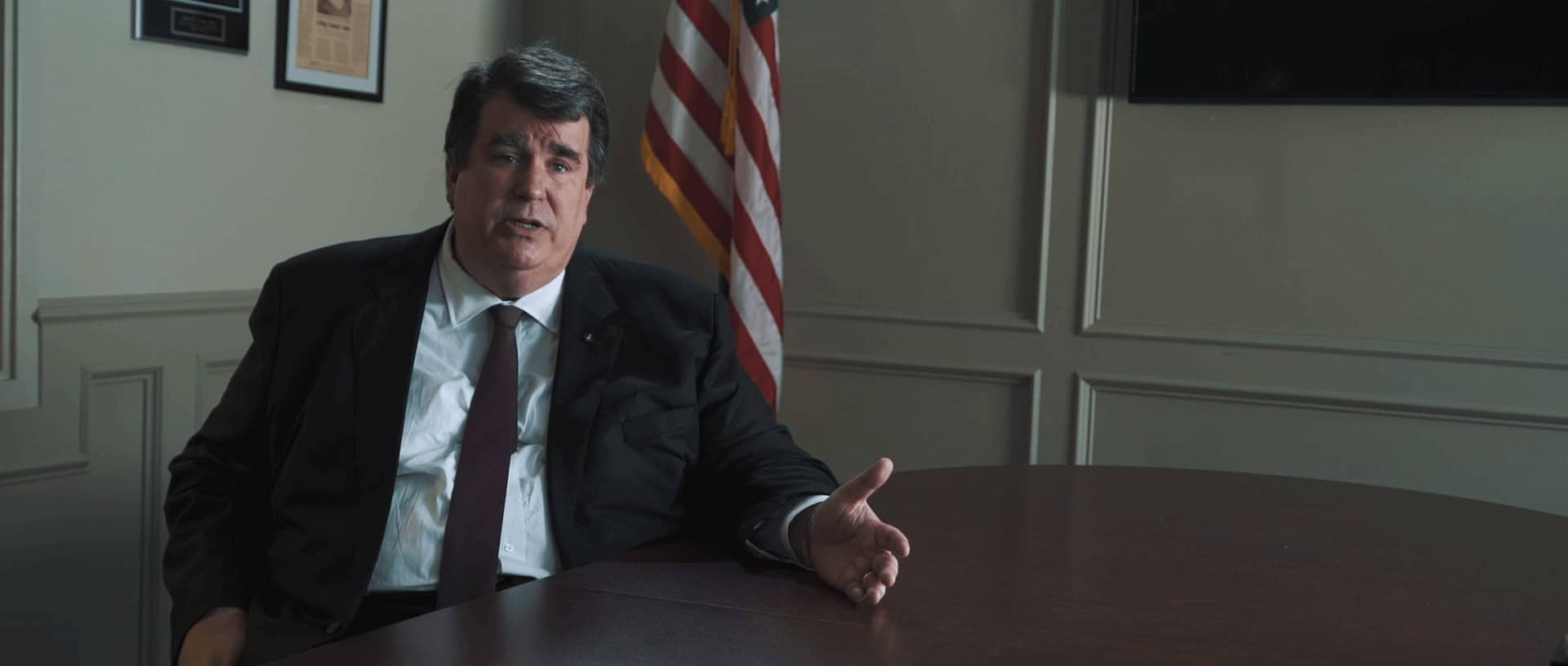

B-roll is the supplemental footage that is used to break up a long speech. This can be anything, from shots of your office to shots of team or client meetings. The b-roll should correspond with what is being said in the speech. For example, if you were talking about the community that you serve, then you can use b-roll of the city or surrounding areas; however, you would not want to use footage of team meetings or general office footage for that particular segment of the speech.

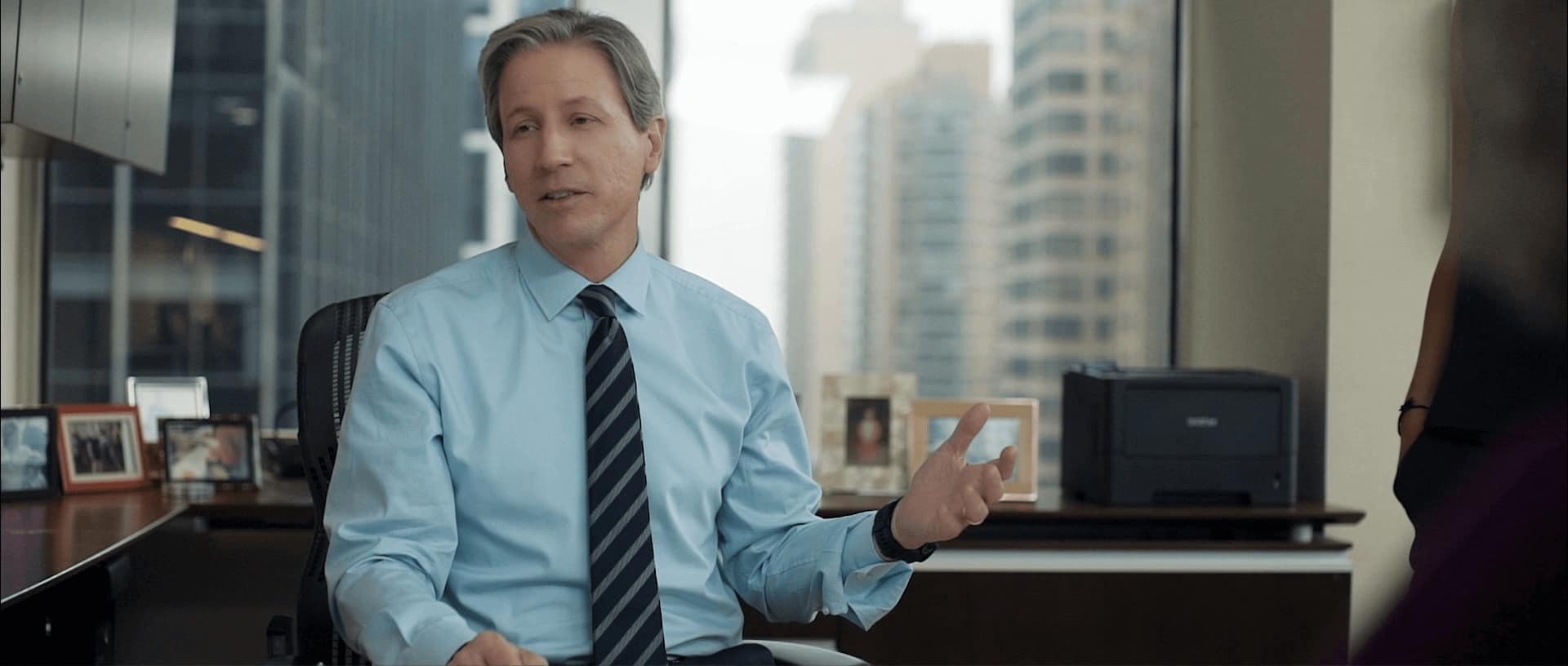

Failing To Plan Is Planning To Fail
A results-driven law firm video can be a tremendous asset to your overall marketing plan, but it is crucial to do all of the work on the front end to ensure your video marketing campaign will be a success.
Once you’ve defined your video marketing goals, developed your story and concept, and made concrete plans for your shoot, you’ll be ready to take the law firm video marketing world by storm!

